Migraines affect 39 million men, women, and children in the United States alone and 1 billion people worldwide. While medication, rest, and doctors’ orders will always have a place in treating migraines, new research has surfaced that suggests mindfulness could help too.
If you’re looking for alternative or supplemental treatments, ask a medical professional if they think mindfulness and meditation could be effective. To give you some deeper insights as to how this approach can work for you, Mindfulness Strategies, a leader in organizational mindfulness consulting, identifies how meditation and other mind-body exercises may reduce the frequency and severity of migraines.
What Are Migraines?
Migraines are a neurological disorder in which a person experiences severe pain on one or both sides of their head. This pain typically lasts 4 and 72 hours. In conjunction with unpleasant throbbing and pulsing, you may also experience:
Dizziness
Extreme sensitivity to sound, light, touch, and smell
Nausea
Tingling or numbness in the extremities or face
Visual disturbances
Vomiting
To this day, medical professionals are still unsure of the main cause of migraine headaches. However, they do have a good idea of what seems to trigger them. According to the Migraine Research Foundation, a migraine may be triggered by:
Lifestyle: changes in sleep patterns, fasting, skipping meals, dehydration, alcohol, over-exertion, exercise, stress
Environment: strong smells, bright or flickering lights, smoke/pollution, altitude, air pressure, motion sickness
Weather: humidity, sudden or significant changes in temperature, changes in barometric pressure, bright sunlight
Hormones: changes in hormone levels, pregnancy, menstruation, menopause, hormone replacement therapy, oral contraceptives
Medication: overuse of pain medications, oral contraceptives, medication side-effects
Specific foods: artificial sweeteners, monosodium glutamate (MSG), nitrates, tyramines, alcohol, caffeine
If you are experiencing migraines, medical professionals advise creating a journal in order to identify your specific triggers. By doing so, you may discover lifestyle changes that could significantly limit the number of migraine headaches you experience.
Types of Migraines
There are a total of 11 types of migraines, which also include migraines as a side effect of other headache disorders. The main types of migraines are:
Hemiplegic migraine
Menstrual migraine
Cyclical vomiting syndrome
Medication overuse headache
Other headache disorders
Migraine with aura (classical migraine)
Migraine without aura (common migraine)
Chronic migraine
Migraine with brainstem aura
Vestibular migraine
Abdominal migraine
A migraine “aura” refers to the intense visual, sensory, motor, or verbal warning scenes that precede the migraine; it affects 20-25% of the population prone to having migraines. Sometimes, people even experience a migraine aura without a headache.
Mindfulness and Migraines
Mindfulness is being fully cognizant of yourself (both mentally and physically), your environment, and the present moment. Whether you’re working in the office or you’re in the comfort of your own home when a migraine creeps in, there are several different mindfulness practices you can use to relieve your pain, such as:
Meditation (Mindfulness Meditation, Loving-Kindness [Metta] Meditation, Body Scan/Progressive Relaxation, Zen Meditation)
Yoga
Mindfulness of the Breath, Sounds, and Thoughts (15 minutes a day)
Brisk Walking (15 to 30 minutes a day)
These activities can help lessen the symptoms associated with chronic pain, which includes headaches and migraines.
In an interview with the National Headache Foundation, Margot Andersen, Master of Social Work (MSW), stated that “While paying attention to breathing does not alleviate a migraine attack, it can help those with migraine disease cope with the experience of pain.” Andersen herself has dealt with migraines for 55 years, progressing from episodic to chronic as time passed.
A multi-week study published in the International Association for the Study of Pain also confirmed that mindfulness is effective for migraines. Researchers concluded that “enhanced mindfulness-based stress reduction is an effective treatment option for episodic migraine.” More specifically, the study stated that:
52% of the enhanced mindfulness-based stress reduction (MBSR+) group showed a response to treatment (50% reduction in headache days)
23% in the stress management for headache (SMH) group showed a response to treatment
Researchers have even stated that mind-body practices may positively impact our brain’s chemistry due to their ability to stimulate the vagus nerve, thus reducing the possibility of migraines. All of this is to say that mindfulness practices do aid in reducing the effects of migraine headaches.
However, do not practice mindfulness techniques in place of seeing a medical professional. The symptoms of migraines can be severe and people who experience them need medical attention and insight. Mindfulness techniques work best for migraines in tandem with advice from a licensed physician.
Managing Migraines with Mindfulness
If you, your loved ones, or your employees are experiencing migraines, it may be time to try one of our many mindfulness practices. Not only do they provide a potential opportunity to relieve pain and stress, but regularly practicing mindfulness can help stave off migraine headaches and minimize their effects.
Interested in learning more about mindfulness techniques and their benefits? Reach out to Mindfulness Strategies today or visit our blog for more information.




